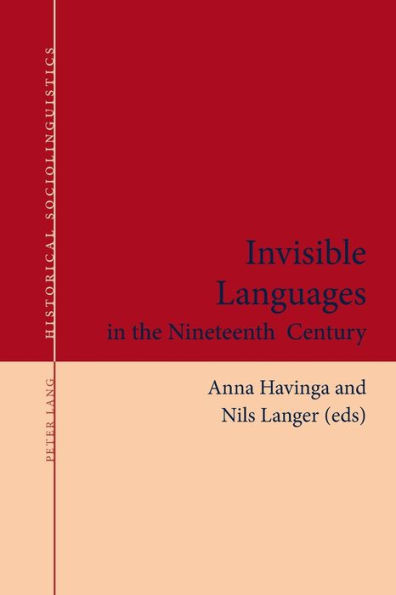5
1

Invisible Languages in the Nineteenth Century
310
Invisible Languages in the Nineteenth Century
310Paperback
$104.70
104.7
In Stock

Product Details
| ISBN-13: | 9783034319683 |
|---|---|
| Publisher: | Peter Lang AG, Internationaler Verlag der Wissenschaften |
| Publication date: | 09/29/2015 |
| Series: | Historical Sociolinguistics: Studies on Language and Society in the Past , #2 |
| Pages: | 310 |
| Product dimensions: | 5.91(w) x 8.86(h) x (d) |
About the Author
From the B&N Reads Blog
